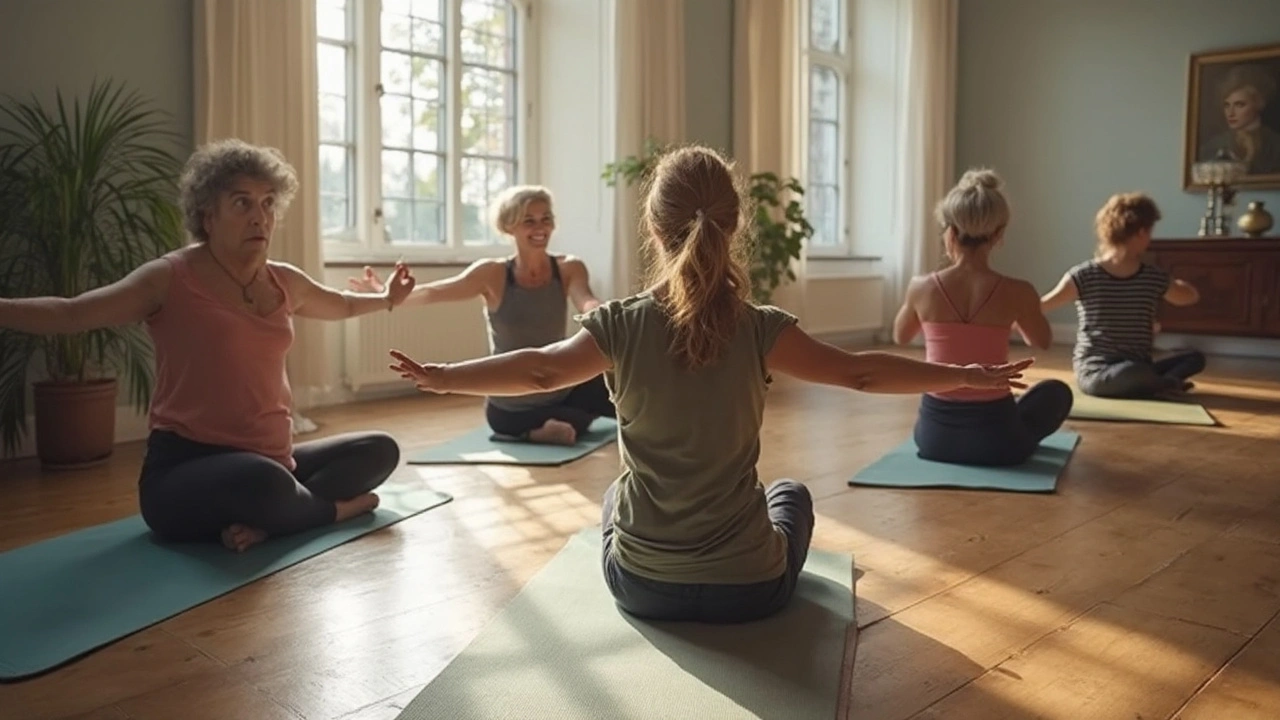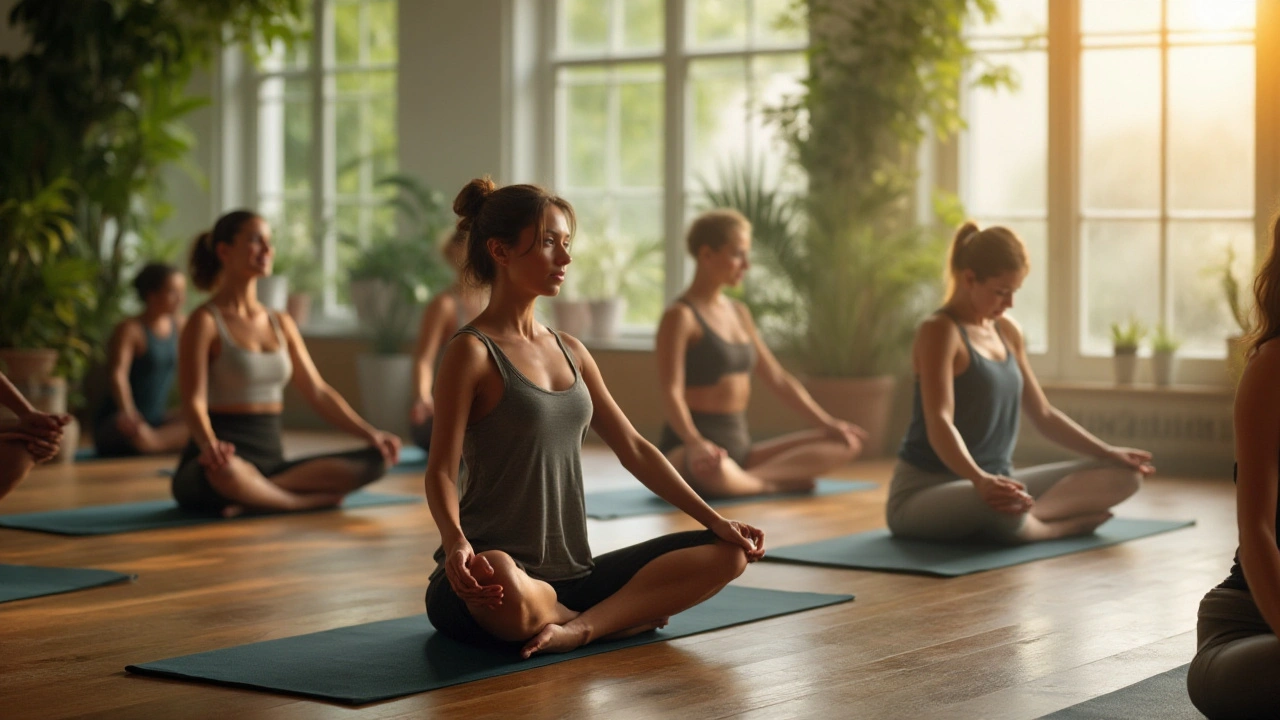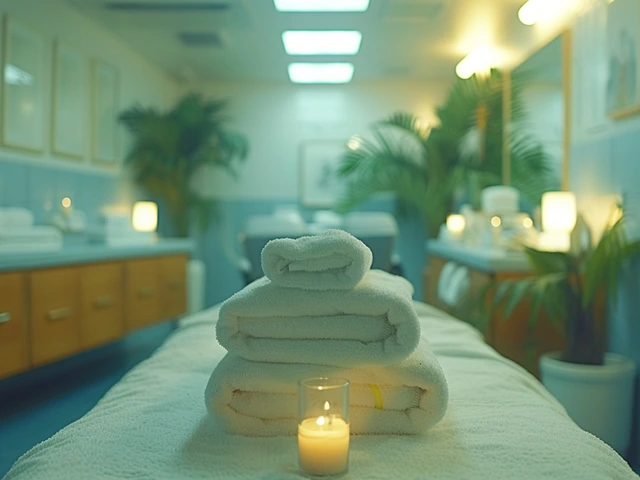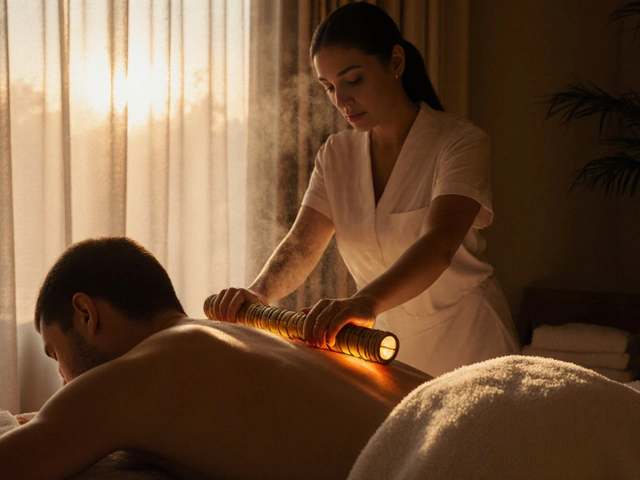Flexibility: Move Easier with Simple Stretches and the Right Therapies
Want to touch your toes again or stop feeling stiff after a day at the desk? Flexibility isn’t a mystery—small daily moves plus targeted bodywork change how you move. Below you’ll find clear steps you can do today, and which massage or therapy helps when your joints or muscles fight you.
How to stretch smart (so you actually get results)
Warm up first. Five minutes of walking or light movement makes stretching work better and safer. Try dynamic moves—leg swings, gentle arm circles—before activity, and save deeper holds for after your workout when muscles are warm.
Use a mix: short daily mobility sessions (5–10 minutes) and longer stretches (30–60 seconds) after exercise. For tight hamstrings, do a standing hamstring reach with a soft bend in your knee, or try active isolated stretching—pull for 2 seconds, release, repeat 8–10 times. That often beats forcing a long static hold when you’re very tight.
Don’t stretch into sharp pain. Discomfort is normal; pain means back off. Breathe slowly—long exhales help tissues relax. Consistency beats intensity: five minutes every day beats one long session per week.
Massage and therapies that actually help flexibility
Not all bodywork is the same. If you want lasting range-of-motion changes, try structural or movement-based approaches. Hellerwork and Rolfing focus on posture and alignment—good for chronic stiffness and posture-related limits. Feldenkrais and Ortho-Bionomy use gentle movement and awareness to rewire how you move; they’re great when tightness links to habit.
For tight knots, trigger point massage and cupping can free stubborn spots and let muscles lengthen. Amma and Lomi Lomi offer deeper rhythm-based work that relaxes the nervous system, which often unlocks movement. If you prefer gentle hands, blind massage therapists often have superb touch skills and sensitivity.
Special cases: scoliosis or long-term joint issues respond better to trained Rolfers, physical therapists, or clinicians who coordinate with your doctor. Palliative or post-op situations need therapists with clinical experience—ask about training and comfort with your health history.
Practical choices: book a short consultation before a first session. Ask the therapist how they’ll address mobility, what to expect in follow-ups, and simple moves you can practice at home between visits. Combine sessions with daily movement for best results.
Quick routine to start today: 1) 5-minute warm-up, 2) 8–10 active leg swings per side, 3) 2×30s supported hip flexor stretch per side, 4) foam roll for 2–3 minutes on tight areas, 5) one deep-breath relaxation for 1–2 minutes. Do it three times a week and notice small, steady gains.
Want specific how-tos for any method? Check our articles on Hellerwork, Feldenkrais, Rolfing, Ortho-Bionomy, and targeted massage techniques to find step-by-step tips and what to expect in a session.

How Feldenkrais Training Transforms Your Yoga Practice for Greater Flexibility & Awareness
Discover how Feldenkrais training can level up your yoga. Master mindful movement, boost flexibility, and prevent injuries in your daily practice.

Enhance Your Yoga Practice with Fascia Stretching Techniques
Fascia stretching involves focusing on the connective tissue that wraps around muscles, playing a crucial role in flexibility and movement. Incorporating fascia stretching into your yoga practice can lead to improved posture, enhanced flexibility, and a better sense of balance. By learning about fascia, yogis can prevent injuries and engage more mindfully in their practice. This approach fosters a deeper connection between the body and movements, making yoga more enriching.
Categories
- Health and Wellness (148)
- Alternative Therapies (86)
- Massage Therapy (40)
- Travel and Culture (15)
- Beauty and Skincare (9)
- Holistic Health (8)
- Health and Fitness (5)
- Spirituality (5)
- Other (2)
- Personal Development (2)
Popular Articles



